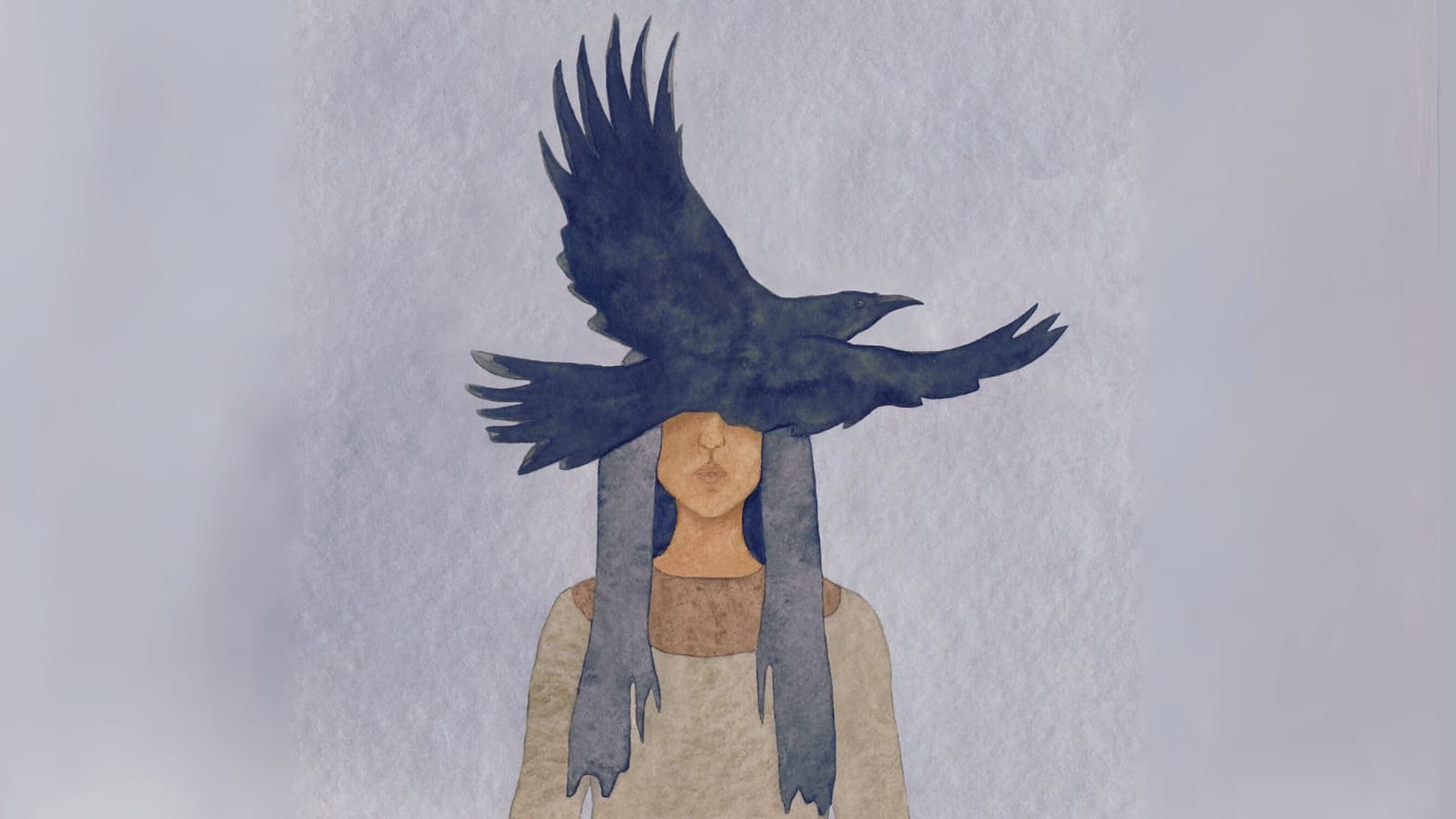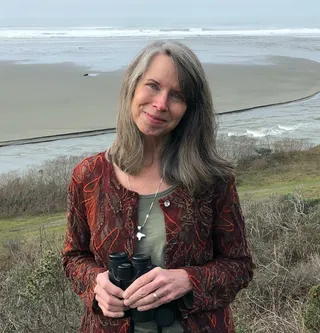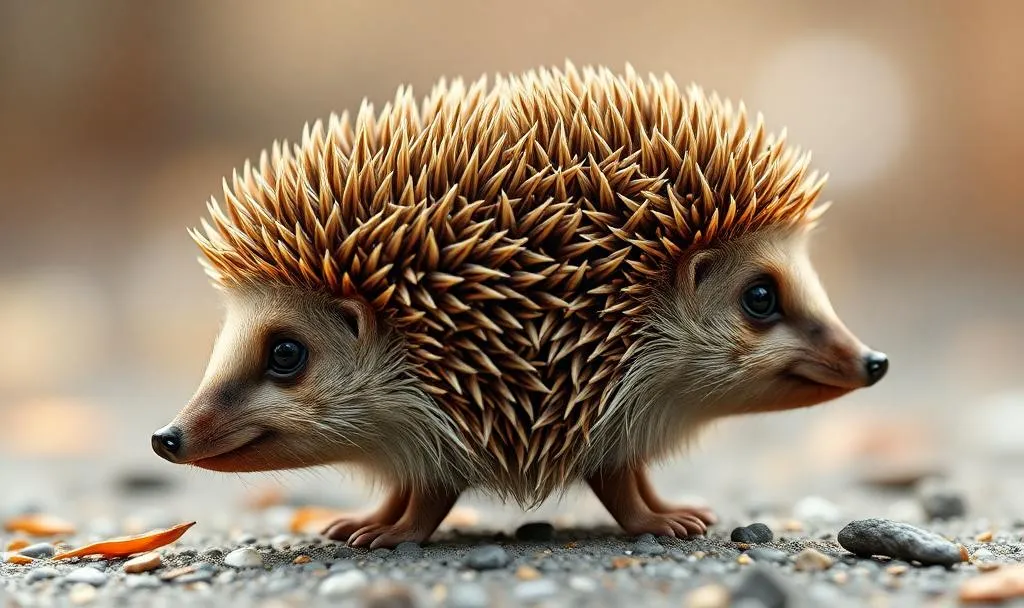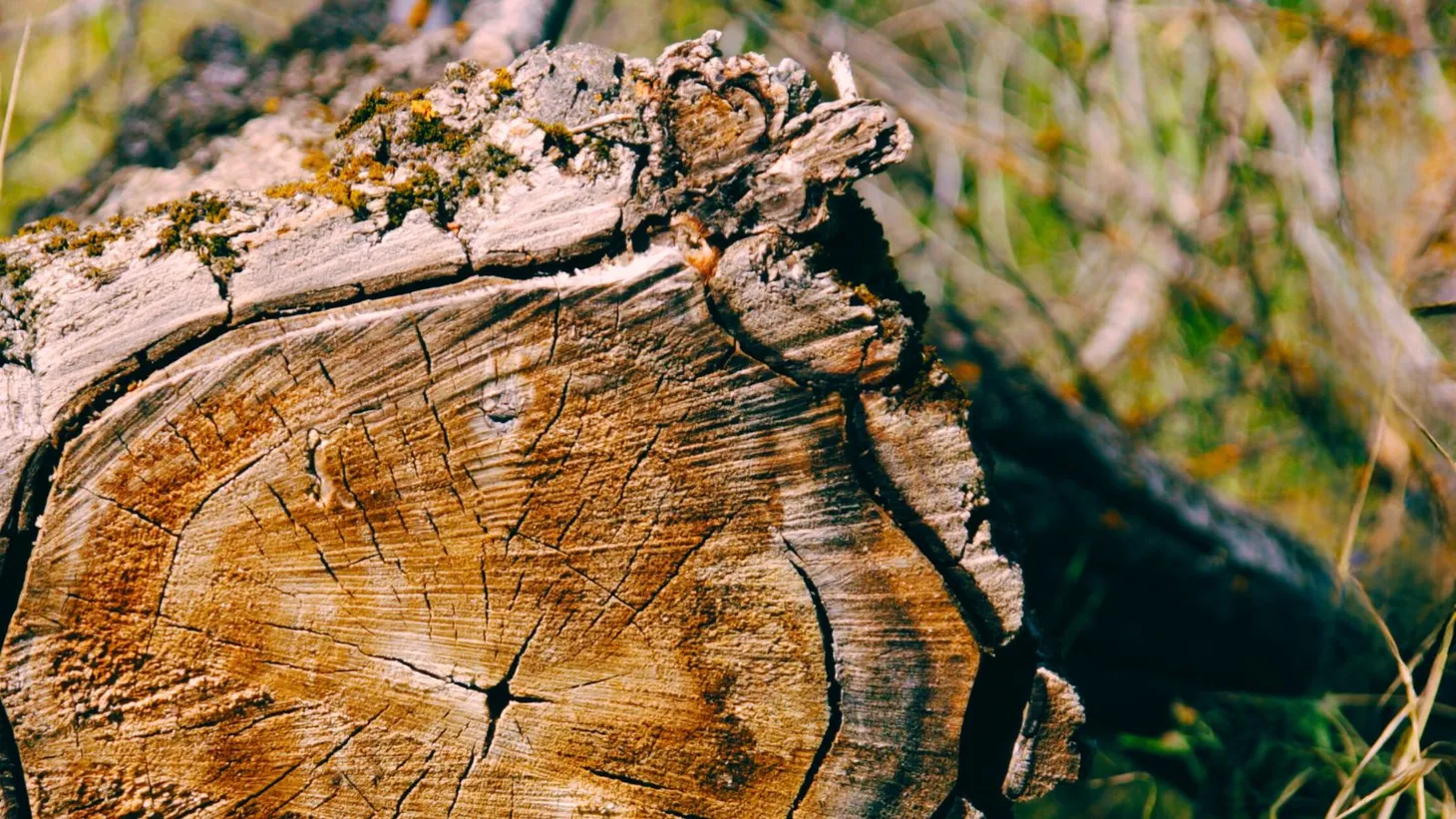What has someone given you?
A story about ravens, crows, and letting your purple show

My mother gave me ravens and crows.
Of all the birds she could have loved, it was the black wings in her back yard, the way those birds seemed to walk as much as fly, grounded and searching, for what?, that made her pause at the kitchen window.
“If you look closely,” she taught me, “you can see purple in their blackness.”
She’d pull a chair up to the sink in whatever house we were living in—all had a window above the kitchen sink, even the travel trailer that was home for a time.
As I grew into ‘tween then teen, we’d be two women, hip-to-hip, feet bare on cool linoleum, leaning over dishes or muddy radishes to be washed, maybe picked flowers not yet in a vase, she and I quietly together.
“Let’s see,” she’d whisper.
We’d look at the crows or ravens, whichever inhabited that geography. They’d squawk and careen. Then light would find them, sun brilliant in a blue sky or piercing a canopy of clouds, and the purple would flash at us.
In those moments, it really seemed that purple glimpse was just for us, for me. A gift from those birds. A gift from my mother.
This is how you learn about beauty even in seemingly ordinary darkness. Part curiosity, part sensory, part someone who loves you showing you a secret.

As I write, there are ravens and crows in my room. A few stray feathers wait in a tiny Peruvian vase on a bookshelf for my eyes to notice. A metal raven up high stands stoic and shimmering. I feel watched over.
Best of all is the crow couple, made of black cotton, dressed as farmers. The crow-husband is in overalls, the crow-wife in a sunflower pinafore and ruffled cap. They’ve been with me through many moves.
Yes, my mother sewed fabric into crows and gave them to me.
Outside, ravens brave the rain, hidden, likely clutching mossy redwood and spruce branches, huddling close to craggy trunks where light can’t reach their feathers.
No purple for me today.
Nearly invisible, it would be hard to see those ravens right now, no matter how long you stood at a kitchen sink.
They are shadows, breathing. I sense them in my hollowing bones.
Can you see what I’m saying? Have you felt that comfort of knowing that even those you can’t see are still near?

I was perhaps 8 or 9 when a huge flock of crows, literally countless, landed on our Long Island lawn crusted with snow. They ambled about talking to each other, boisterous and shrill, as their feet trampled and melted the snow.
Then suddenly, silence and stillness. They were crow statues. I thought of the game we played during school recess, Red Light-Green Light, how a bunch of kids would move then freeze, all at once, on command.
Birds playing? Sometimes birds do play, but likely not then.
As soon as that thought formed in my child-mind, I discovered the power of many wings working at once.
There was a loud burst, a whoosh you could hear through the storm window, a blur of black bodies pulling up, dramatic against the silvery sky.
All gone.
It was as if they’d never landed, but for the proof of them, the opened patches of grass, the distinctive crow tracks in remnants of snow, a few black feathers wafting and spiralling to earth.
You can’t move about in this world without leaving a trace.
My mother, still looking out the window, calmly said, “They’re not afraid to be loud, or to be quiet.” We lingered at the window, stunned and waiting, wondering if they’d do it all again.
“They know how to be here, and how to leave,” she added, her face solemn as the crows had been just before they exploded upward. Spellbound, she was staring far beyond the yard, the sink, and the daughter, once a part of her, becoming a separate being a little more each day.
I was just a girl, but understood she wasn’t talking to me in that moment. We’d been through so much together by then. After a house fire that took lives from us, she’d later tried to take her own life while I was napping.
No, she was talking to another part of herself. Darkness often abruptly landed within her.
I could feel something deep, a griefbird of sorts, trampling and pacing in her thoughts, in her heart, in her body that carried unspoken wounds going back to when she was a girl. I felt her within my own skin, and saw how her hands clutched the edge of the kitchen counter, holding on as best she could.
In case you’re thinking this is a sad memory, it’s not.
My mother gave me the gift of seeing her, the full spectrum of her—the mother sharing her wonder, thrilled with the magic of purple-black birds, as well as the woman at the window wrestling with a longing and sorrow that couldn’t be shared.
Don’t we feel closer to people when we can glimpse both their glory and their struggles?

We are mysteries, each of us, trying to figure out one other and ourselves.
Hello, you! Thank you for being here with my mother and me. I can only imagine your eyes reading these words or the place where you sit processing what they might mean for you.
Did you see and hear the birds as you read? The human mind is a wonderful world-creator.
How many kitchen windows have you looked through to see what’s happening out there?
If you’ve ever been afraid to be loud or to be quiet, to be too much or to be too little, to be a spectacle or to be invisible, as my mother did, as I have, well, that’s part of being human, though not a necessary part.
What if, instead of us looking out the window, the ravens and crows looked through at us? What would they see?
What if we have our own flash of purple?

In the later years of my mother’s life, after wearing simple house-dresses and muted colors, basic and unassuming, she discovered the poem we now know as “When I Grow Old I Shall Wear Purple.”
Written by poet Jenny Joseph in 1961, when Jenny was just 29 years old, the poem’s true title is “Warning.” It was a reminder to herself to not wait until elderhood to live in full color.
The poem begins, “When I am an old woman I shall wear purple,” and describes how the “I” in the poem might live vibrantly, as a wilder version of herself, as a counterpoint to how we’re expected by others to behave.
The poem’s last stanza begins, “But maybe I ought to practise a little now?”
There have been enough lives lost too soon for me to know that waiting is a very bad idea.
Purple became my mother’s favorite color as she invited more periwinkle blues and bits of chartreuse, along with crimsons and corals into her clothing and her creations.
In the final months and weeks of living with lung cancer, she thought of all the colorful clothing she could have worn and of the more colorful life she might have lived.
She told me to pull down the saved-for-special china and eat tacos off those fancy plates.
She told me to dance in the kitchen. Also to cuss more and cry less.
She told me, while she thinks I’d look better with another hairdo (who’s mother doesn’t think that about her daughter?), I should forget what she thinks, and let my hair grow long and fly free-spirited in the wind.
What if the crow-couple she made for me isn’t just a form of fiber art, but a teaching, a suggestion for another way of being?
Call me crow-woman. Call me raven-writer. Be the bird, be the bird, says the tiny voice inside. These words are my purple, flashing.
What about you?
A clip for you …
If you’re not family with “Warning” aka “When I Grow Old I Shall Wear Purple,” I recently discovered this recording of Jenny reading the poem about 10 years before her death.
By the way, Jenny neither liked nor wore purple :-)
The Wild Now
Get insights & stories for rediscovering life in the wild now.




